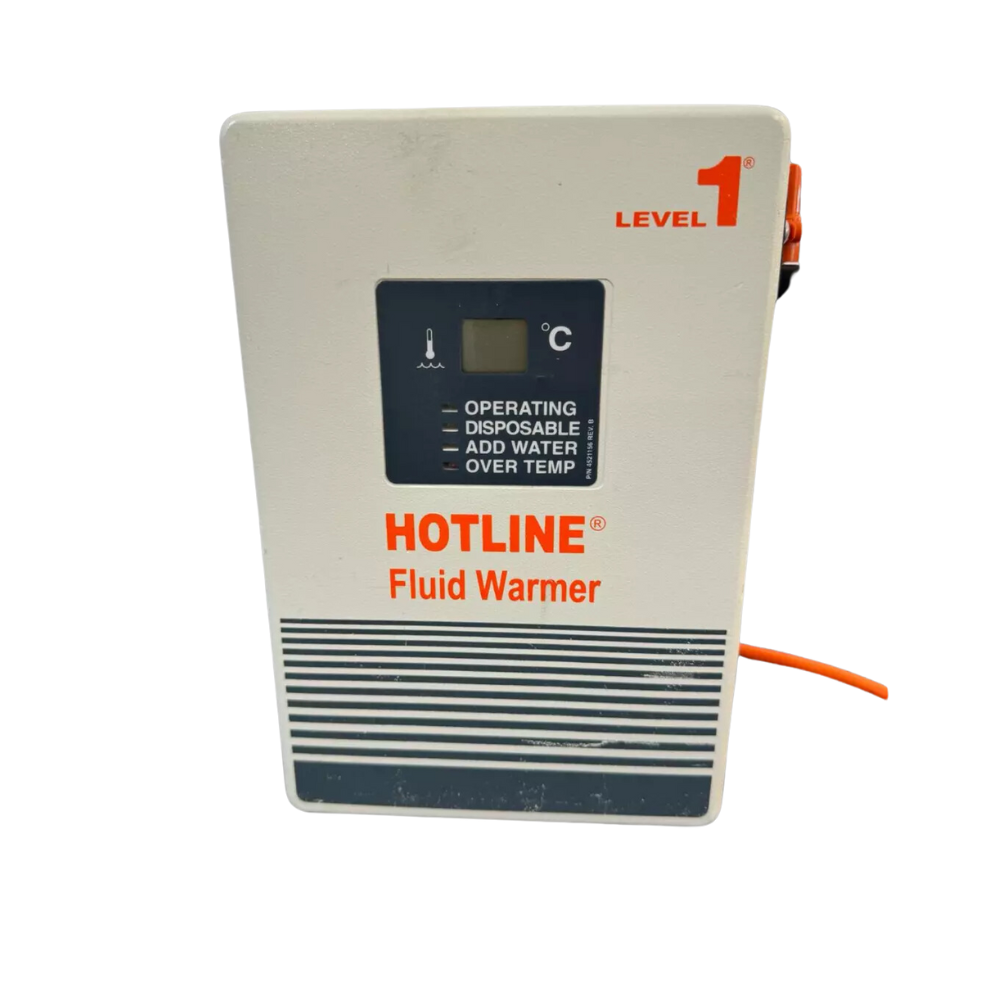Terumo Blood Warmer Maintenance Schedule & Procedures

Comprehensive maintenance schedule and procedures for Terumo blood warmers including calibration protocols and safety testing requirements.
Terumo Blood Warmer Maintenance Schedule & Procedures
Regular maintenance of Terumo blood warmers ensures optimal performance, patient safety, and equipment longevity. This comprehensive guide provides detailed maintenance schedules and procedures for biomedical equipment technicians.
Overview
Blood warmers require systematic preventive maintenance to maintain temperature accuracy, heating efficiency, and safety system functionality. Proper maintenance prevents equipment failures during critical procedures and ensures regulatory compliance.
Maintenance Schedule
| Task Category | Frequency | Duration | Skill Level |
| Daily Cleaning & Inspection | Each shift | 15 minutes | Basic |
| Weekly Performance Testing | Weekly | 30 minutes | Intermediate |
| Monthly Calibration Check | Monthly | 45 minutes | Advanced |
| Quarterly Safety Verification | Quarterly | 90 minutes | Advanced |
| Semi-Annual Deep Maintenance | 6 months | 180 minutes | Expert |
| Annual Certification | Annually | 240 minutes | Expert |
| Flow Rate | Expected Outlet Temp | Acceptable Range | |
| 50 mL/hr | 37.0°C | 36.0-38.0°C | |
| 100 mL/hr | 36.5°C | 35.5-37.5°C | |
| 250 mL/hr | 35.5°C | 34.5-36.5°C | |
| 500 mL/hr | 34.0°C | 33.0-35.0°C | |
| Component | Service Life | Inspection Points | |
| Heating Element | 3-5 years | Resistance, scaling, efficiency | |
| Temperature Sensors | 2-3 years | Accuracy, response time, drift | |
| Control Electronics | 5-7 years | Calibration stability, display quality | |
| Power Supply | 7-10 years | Voltage regulation, ripple, efficiency |
Safety Precautions
⚠️ CRITICAL SAFETY REQUIREMENTS
- Always disconnect power before internal maintenance
- Use only manufacturer-approved replacement parts
- Verify all safety systems after maintenance
- Follow lockout/tagout procedures during service
- Test electrical safety before returning to service
- Maintain sterile technique when handling fluid pathways
- Never defeat or bypass safety interlocks
- Ensure proper disposal of contaminated components
Documentation Requirements
Maintenance Records
Required documentation for each maintenance activity:
Daily Logs:
- Date and time of inspection
- Technician identification
- Checklist completion status
- Any anomalies or issues noted
- Corrective actions taken
Calibration Records:
- Calibration date and technician
- Reference standards used
- Before and after readings
- Adjustments made
- Next calibration due date
- Equipment certification status
Performance History:
- Temperature accuracy trends
- Component replacement dates
- Failure incident reports
- Usage statistics and hours
- Environmental condition impacts
Troubleshooting Guide
Common Issues During Maintenance
Temperature Inaccuracy:
- Check sensor placement and condition
- Verify calibration against known reference
- Inspect heating element for scaling
- Test control system response
Poor Temperature Stability:
- Check for air bubbles in fluid pathway
- Verify proper flow rate
- Inspect insulation and heat loss points
- Test temperature control algorithm
Alarm Malfunctions:
- Verify alarm thresholds in software
- Test sensor inputs to control system
- Check audio/visual alarm components
- Validate alarm acknowledgment functions
External References
1. Terumo Blood Warmer Service Manual BW-Series (terumo-medical.com/service-support)
2. FDA Blood Warming Device Guidance (fda.gov/medical-devices/warming-devices)
3. OSHA Healthcare Equipment Safety Standards (osha.gov/healthcare-equipment)
*Last Updated: November 9, 2025*
*Reading Time: 8 minutes*
---
⚠️ Important: This guide summarizes safe repair practices based on industry best practices and manufacturer guidelines. Always consult the official manufacturer manual for model-specific procedures. Medical equipment repair should only be performed by qualified personnel.